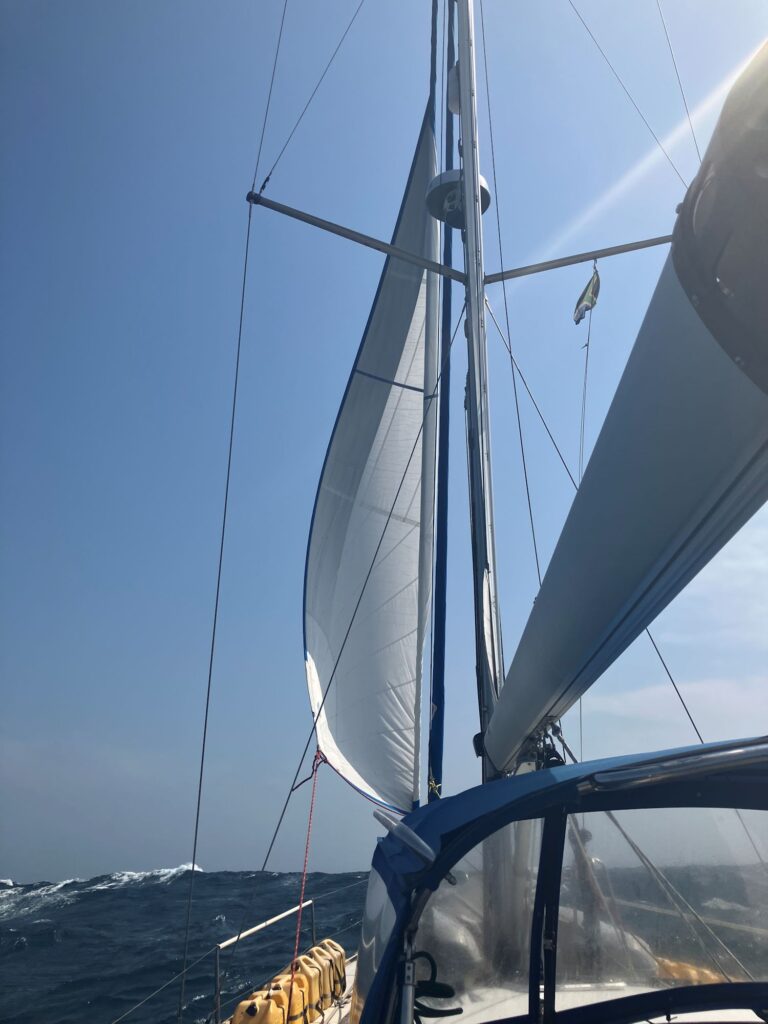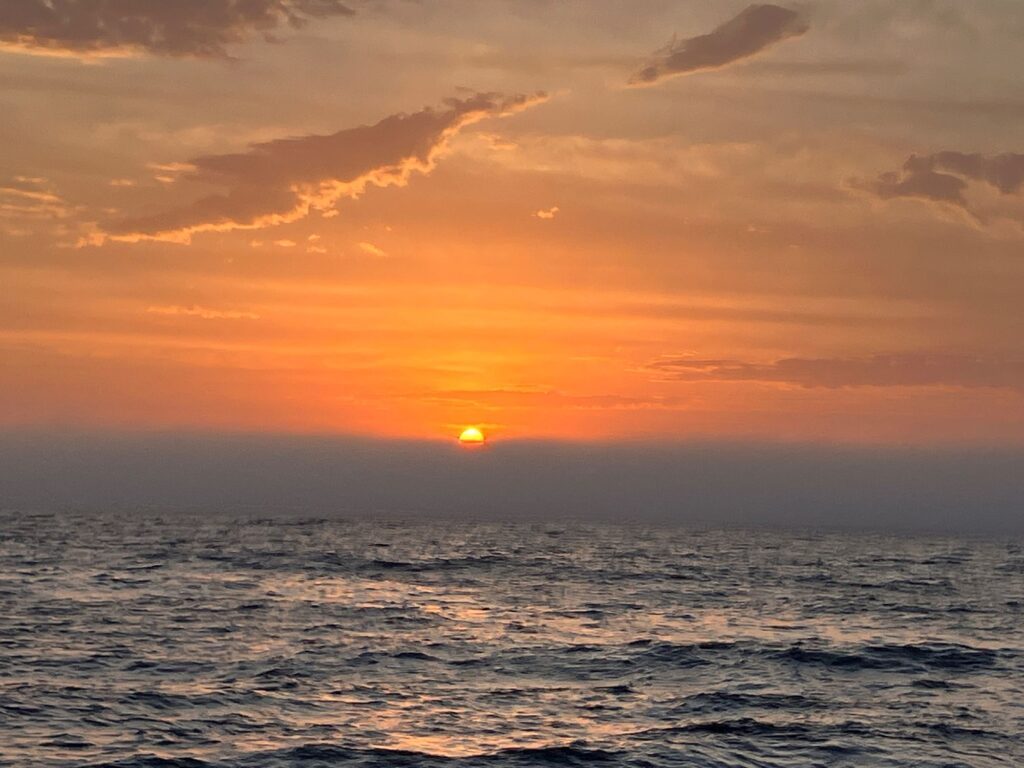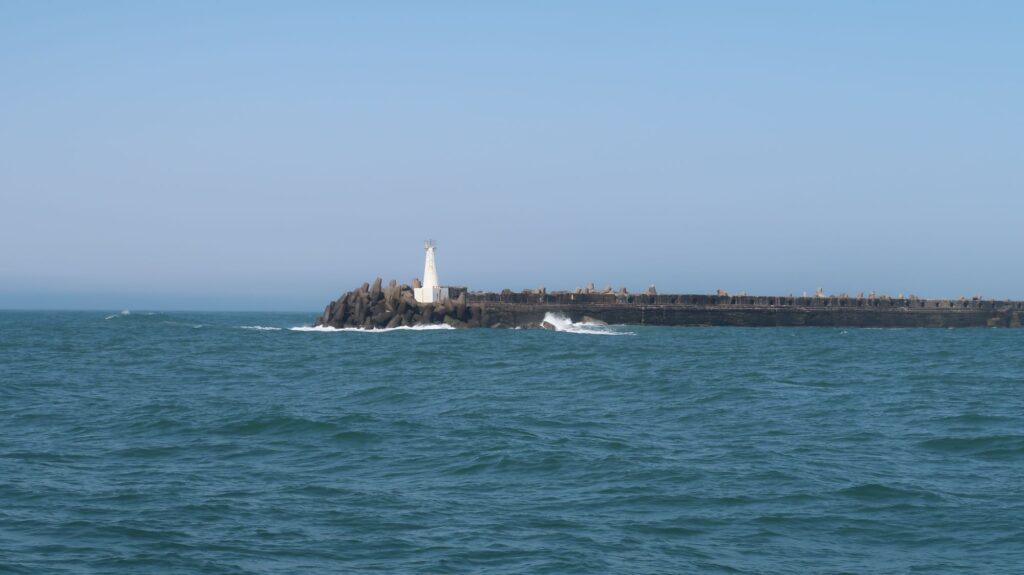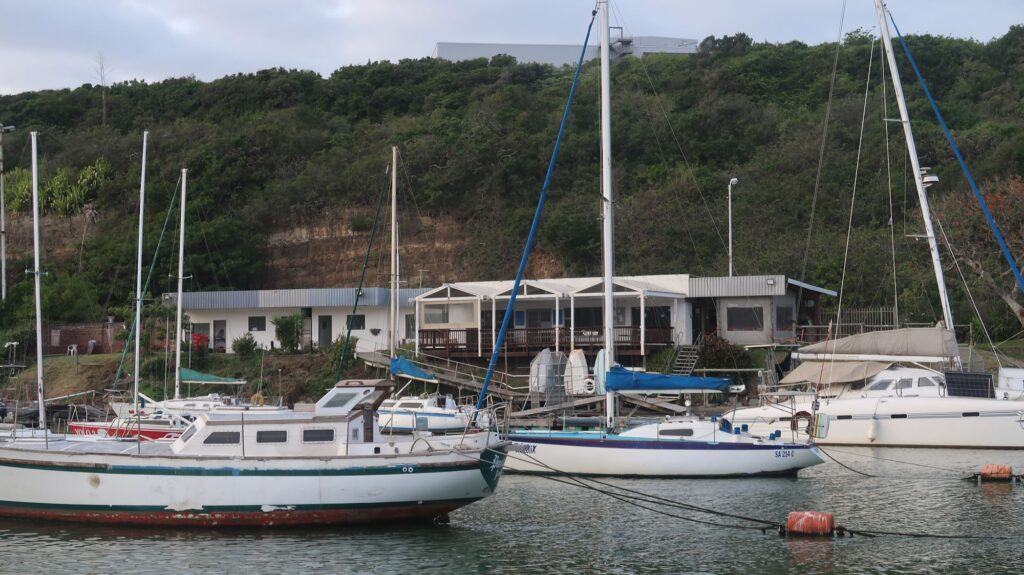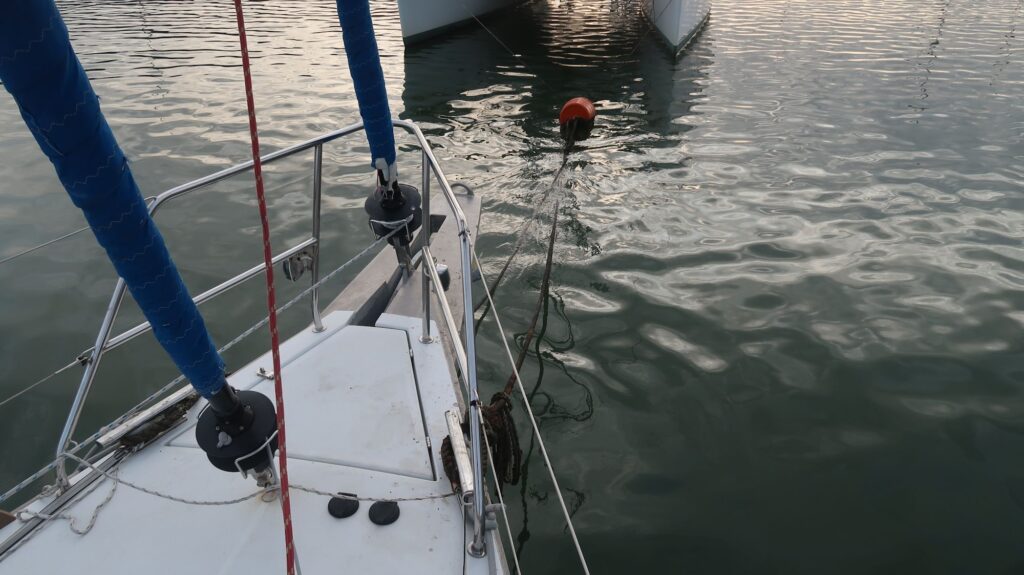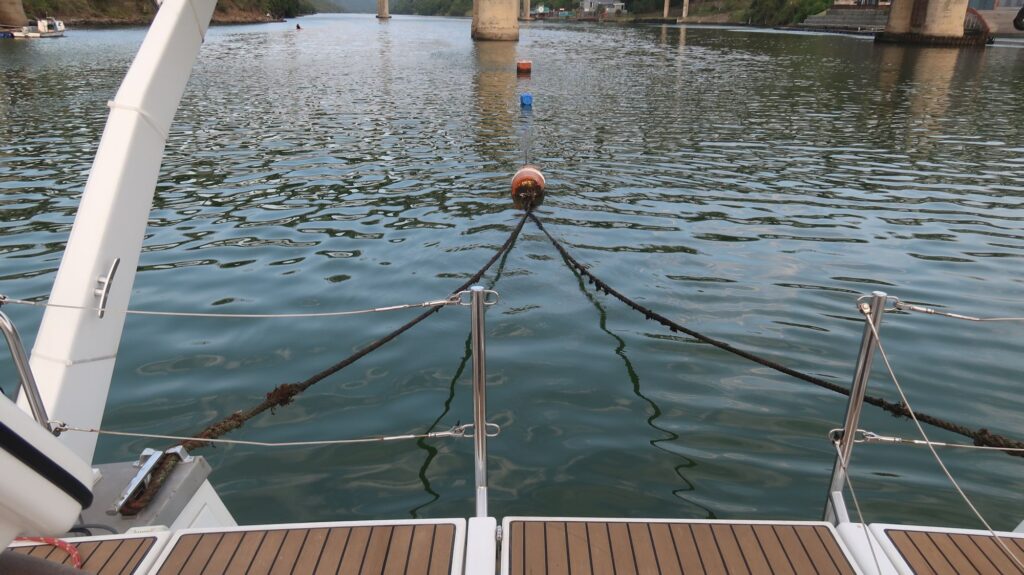The visit to my home planet was a too-brief two weeks, barely enough time to get over jet lag before getting re-jet lagged on 32 hour en-route flight times from Richard Bays to Seattle and back.
The main reason for my return home was to participate as a pilot in the First World Flight Centennial, September 26-29. As the date got closer and I was still sitting around my boat, I volunteered for a few things that added to an already busy 2 weeks. The first was a dinner presentation at the Rainier Club in downtown Seattle, a venerable club in a classic brick building that’s existed for more than 100 years. The club hosted the first world flight pilots at dinner upon their return in 1924. I usually talk to pilot groups about my flying where a lot of technical details are appropriate. This was a much more diverse group of about 100 people at the Rainier Club so while I was still on the boat I started building a “highlight reel” of the most interested moments from my 4 major international flights, included some of the cool videos I’ve posted on YouTube (and linked on my website). It was a engaging group and dinner was great; I was delighted I accepted their speaking invitation.
I also hosted a BBQ dinner party for Earthrounder pilots and their guests at my house on Bainbridge Island, not just those pilots participating in the Centennial but also any Earthrounders who happened to be in town for the event. It was a lively group of 20 or so – the broiled steelhead, grilled steaks, and salads were perfect.
While home I discovered something that surprised me – I started to like flying again. After achieving the goals I had for international flying by 2019, I have to say I was a little burned out on flying. Flying to local airports for lunch, just to fly somewhere, really had little appeal or imagination. By climbing into the plane for the Centennial, flying felt fresh again; maybe a 2+ year hiatus from flying is what I needed for a renewed perspective. There is a simplicity and elegance to airplanes and flying, especially compared to sailing around in a cruising sailboat like mine. My boat is filled with a myriad of systems to support living on it, the deck cluttered with standing and running rigging, the navigational systems more complex in some ways than those on my plane, the dinghy and outboard motor a whole separate “little boat”. It’s a lot of stuff that needs maintenance, sometimes doesn’t work, and sometimes breaks. Not simple, not elegant. I look forward to getting back in my plane when my voyage is completed.
Returning to my boat in Richards Bay, I was anxious to get moving again. In a comfortable marina like the Zululand Yacht Club it’s easy to get stagnant and let the days drift by. I was determined to break that so while I was still at home I started looking for a suitable weather window to continue. I arrived back in Richards Bay on October 4th and started sailing again on October 8th headed to East London, 350 nm southwest along South Africa’s “Wild Coast”, a name I now understand. For the first few hours the wind was sublime but rapidly built to 30-40 kts (gale force) with commensurate wave action. To further complicate things there is the famous Agulhas Current that runs southwest along the coast at speeds that can reach nearly 5 kts, quite high for an ocean (not tidal) current. As I’ve mentioned in an earlier blog post, it is a seriously bad idea to sail in such a current when the wind is blowing in the opposite direction. Standing waves are created by the conflicting forces. Rogue waves along this coast can reach 30 meters in height. Many ships have been sunk or seriously damaged over the years. So even if the wind is stronger than I would like, if it’s blowing in the right direction I’ll take it, and I did. The weather window was 60 hours long before the wind would change direction and blow opposite the current so I had to hustle down to East London. It wasn’t difficult; with the strong wind aft I could set only a fraction of a headsail and still clip along at 6+ knots (plus the boost from the current which added another 2 to 3 kts). In the end I deliberately slowed down, as I have before, so I would arrive in the port during daylight hours. I am now tied to fore/aft mooring lines, aligned with the river, at the Buffalo River Yacht Club so I don’t swing on the changing tidal flow in the river.
The people at the yacht club are great. As I arrived they found a mooring spot for me and hitched Phywave to the muddy mooring lines which need to be pulled up out of the water. A few hours later a guy came by in a dinghy and asked whether I needed fuel. I had 4 empty jerry cans I hadn’t filled in Richards Bay so I said yes. He took the cans away, filled them, and brought them back to the boat with a young woman from the club who had a credit card machine so I could pay. I’ve been in a lot marinas and anchorages but I’ve never experienced this kind of concierge service. Truly brilliant.
The balance of my voyage around to Cape Town will proceed in a similar fashion – wait for a weather window to move on to the next place along the coast – Port Elizabeth, Knysna or Mossel Bay, Simonstown, maybe Hout Bay. I will clear out of South Africa at Cape Town and begin the homestretch of my voyage back across the Atlantic for the third time and North America, my 7th continent.
